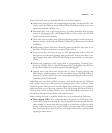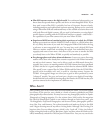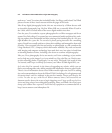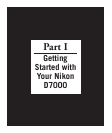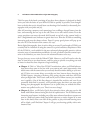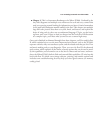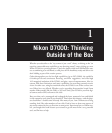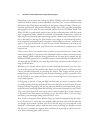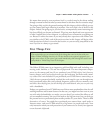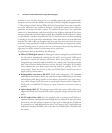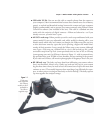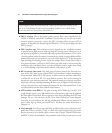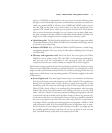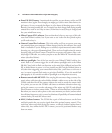
Whether you subscribe to the “my camera is just a tool” theory, or belong to the “an
exquisite camera adds new capabilities to my shooting arsenal” camp, picking up a new
Nikon D7000 is a special experience. Those who simply wield tools will find this cam-
era as comforting as an old friend, a solid piece of fine machinery ready and able to do
their bidding as part of the creative process.
Other photographers see the low-light capabilities (up to ISO 25600), the rapid-fire
6 frames-per-second continuous shooting, anvil-like ruggedness, and ultra-high
16.2-megapixel resolution of the D7000, and gain a sense of empowerment. Here is a
camera with fewer limitations and more capabilities for exercising renewed creative
vision. In either case, using less mawkish terms, the D7000 is one of the coolest cam-
eras Nikon has ever offered. Whether you’re upgrading from another brand, from
another Nikon model (like the D90), or (O brave one!) your D7000 is your first digi-
tal camera and/or SLR, welcome to the club.
But, now that you’ve unwrapped and recharged the beast, mounted a lens, and fueled
it with a memory card, what do you do with it? That’s where this chapter—and the chap-
ters that follow—should come in handy. Like many of you, I am a Nikon user of long
standing. And, like other members of our club, I had to learn at least some aspects of
my newest camera for the very first time at some point. Experienced pro, or Nikon new-
bie, you bought this book because you wanted to get the most from a very powerful
tool, and I’m here to help.
1
Nikon D7000: Thinking
Outside of the Box



